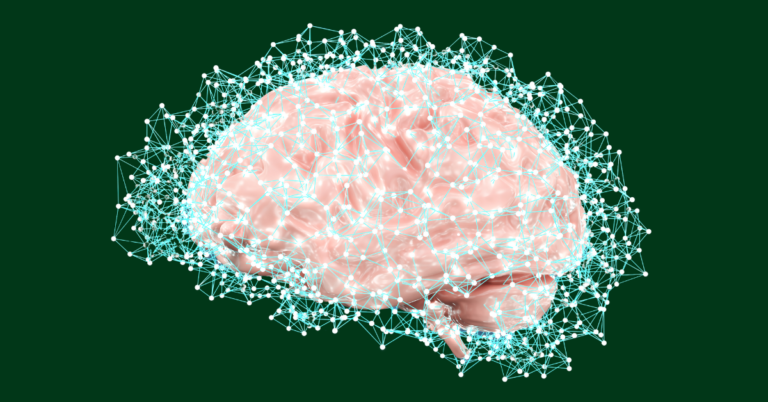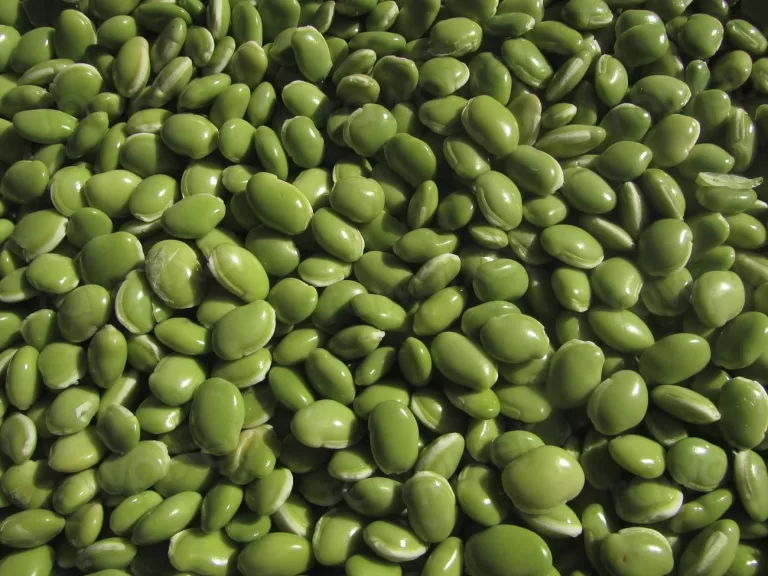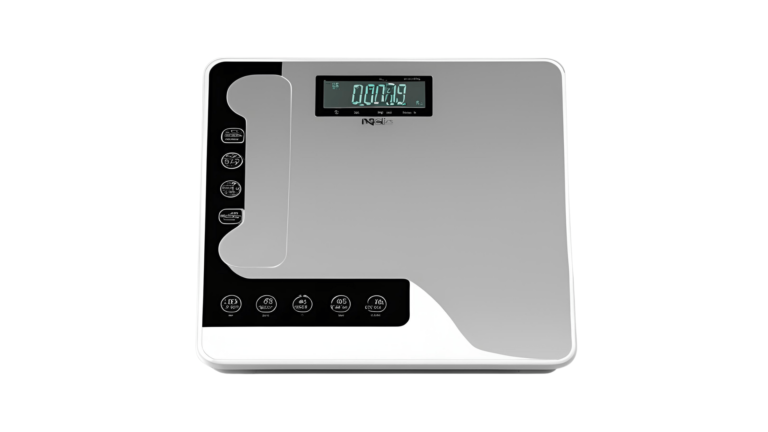Vitamins: A Good Practice Guide, How To Optimise Them
Vitamins are essential organic compounds for the body, while supplements are oral products containing dietary ingredients like vitamins, minerals, and herbs.
Typically, organic compounds are obtained from diet diversity. And, supplements may be consumed in addition to diet.
Optimizing the intake of vitamins and supplements can significantly enhance their effectiveness as part of a well-balanced regimen. This goes beyond just convenience and compensating for an inadequate diet. To make informed choices, several factors should be considered.
For instance, the individual, dietary pattern, need, quality, timing etc. These factors serve as a preparatory approach for healthy individuals where supplements are being considered.
It’s also important to consider how accessible the supplement is to the body once it’s consumed. This involves understanding the pharmacokinetics of a supplement.
Fundamentally the main role of diet and, if needed, supplement is to support long term well-being and potentially improve it.
Key Takeaways
- Examining some fundamental points for a holistic, preliminary understanding of supplements. Focusing on easy factors as a good practice guide. While most of these points are simple measures, they can substantially optimise effectiveness.
- Taking simple pre-measures can help optimize the approach to a good diet, which is supplemented when necessary. Also considering empirical data from available studies and drawing on expertise to inform better understanding.
- The importance of a good diet is crucial. Assessing needs is necessary. Consider natural versus synthetic vitamins. Determine the best time to take supplements from a holistic point of view.
To start with, exploring the term “nutritional superiority” as important to the principles of “Diet and Supplement.”
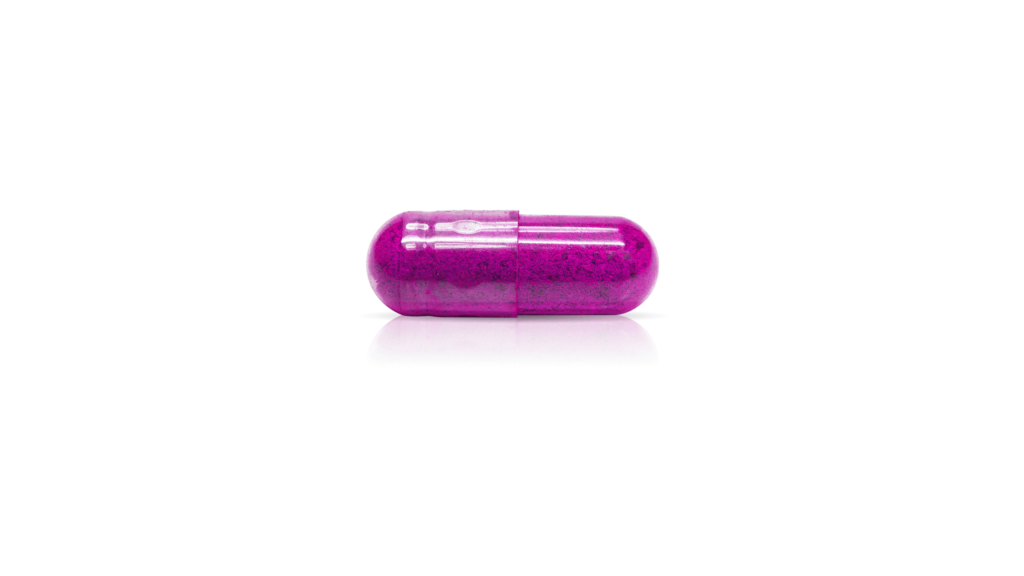
1. What Is Nutritional Superiority
Nutritional superiority refers to the comparative advantage of one food item over another. This comparison is based on its nutrient content, quality, and digestibility. When evaluating nutritional superiority, the type and levels of essential nutrients are given attention.
Here are some key points;
- Nutrients include vitamins, minerals, proteins, and healthy fats in a particular food.
- Foods with high nutritional superiority are typically naturally rich in essential nutrients.
- Whole foods and organic produce are often categorised as superior. They have better food matrices.
- Organic foods are grown in healthy soil free from chemicals.
- Similarly, supplements are also categorized in terms of quality, organic, whole food derived, synthetic.
- Natural supplements are generally more favoured due to less side effects.
Nutrient Density
Consuming natural nutrient-dense foods is essential for maintaining overall health and well-being. These foods provide a rich source of essential nutrients while minimizing the intake of empty calories and harmful substances.
As a result, some of their benefits include improved weight management. They also include enhanced physical and mental vitality and increased longevity. For example, an Ayurvedic Super Soup is considered a nutrient dense meal due to several whole-food matrices.
Another whole food example would be organic honey. It is also considered nutritionally dense. Honey is composed of hundreds of different compounds, including carbohydrates, vitamins, minerals, amino acids, and various phytochemicals. Therefore, it is a nutritionally superior food source as part of a well balanced diet.
Additionally, individual dietary needs and preferences should be considered when addressing nutritional superiority. Different people may require varying levels of specific nutrients. These requirements are based on factors such as age, sex, activity level, and health status.
As a best interest guideline, dietary diversity is key, followed by supplement where needed.
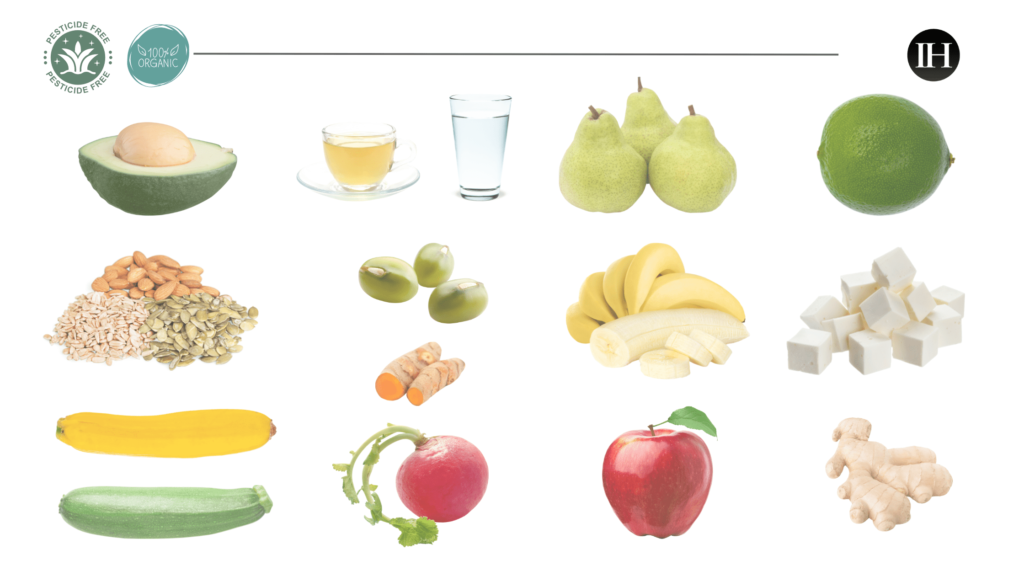
In terms of nutritional superiority, overall, a wholesome and well-balanced diet is considered nutritionally superior. It provides essential macro, micro nutrients and phytonutrients, from natural sources holistically. In the same way, natural sources of supplementation are often considered superior, Thiel (2000). And this approach also aligns with the general holistic view.
2. Assess Need & Type
Secondly, before incorporating vitamin and supplements into a diet, identifying whether they are necessary is a step in the right direction. Certain individuals, may benefit from supplementation. However, a well rounded diet can offer adequate vitamins and minerals which may reduce the need for particular supplements.
For example, Carr and Vissers (2013) suggest that consuming vitamin C as part of a whole food is preferable. This is due to the simultaneous intake of various other macro- and micronutrients and phytochemicals. These components may provide additional health benefits.
Vitamin C status is considered one of the best indicators of fruit and vegetable intake. Natural vitamin C from food sources is associated with a lower incidence of numerous chronic diseases. In relation to coronary heart disease, there is strong evidence supporting the protective effect of vegetables, moderate evidence for fruits and dietary vitamin C, and insufficient evidence for supplemental vitamin C, Carr and Vissers (2013).
It is likely that plant-bioactive compounds play an important role as they form a part of food matrices. For instance, vitamin C in a whole food would be a component in a matrix of whole food compounds of a particular food. And, therefore its effect would differ from that of a vitamin C supplement.
Biomarkers
Biomarkers are measurable indicators of a biological state or condition. They can be used to evaluate normal biological processes, pathogenic processes, or pharmacologic responses to a therapeutic intervention.
Ideally, biomarker tests and individual health status can help inform choices in a more body centric way. For instance, if iron levels are low in a blood test, this would help make an informed choice. Which may then include dietary/lifestyle changes alone, or dietary changes combined with supplementation.
Further, it may be important for dietary vitamin C intake to be improved. Improved vitamin C intake can facilitate the body’s non-heme iron absorption. Non-heme (vegetal sources) iron is the type of iron found in plant-based foods. This occurs when consumed in the same meal.
According to a study by Tardy et al. (2020), vitamin C can increase the mobilization of iron from body stores while providing protection against oxidative damage that may occur to red blood cells. When the level of antioxidants, including vitamin C, is low, this can result in hemolysis (breaking down of red blood cells) and blood loss through capillary hemorrhage, contributing to anemia.
Professional guidance is typically recommended and would also depend on individual health status.
Physical & Mental Factors
Moreover, if a diet has been inadequate for an extended period, it may lead to susceptibility. This susceptibility can cause a form of malnutrition. Poor dietary habits can manifest as physical fatigue, reduced muscle mass, excess weight, and other health concerns. Further influencing neuro implications inline with the gut-brain axis. In such cases, alongside biomarker tests, dietary improvements and initial supplementation are typically considered.

3. Vitamins Are Not A Substitute For A Good Diet
Thirdly, ideally, supplements should not serve as a long term substitute for a good diet. Vitamins can complement nutritional needs. However, whole foods provide a complex array of nutrients and other beneficial compounds. These are not replicated in supplements.
For example, the green mung bean is a whole food legume. It is protein rich and provides several macro, micro and phytonutrients. When consumed as a whole food and combined with other whole food ingredients it provides a comprehensive meal.
A Good Diet
A Good diet is also more bioaccessible by the body comparatively, easy to excrete excess and strengthens overall vitality. It also provides satiety, nourishment and a sense of satisfaction overall. Typically, contains more whole food sources.
Diet also plays a role in supporting and strengthening the body’s endogenous factors. Such as supporting the production of endorphins in the body.
Endorphins are the body’s natural pain relievers and are released in response to various stimuli, including exercise, stress, and pain. They are produced by the central nervous system and the pituitary gland. Endorphins interact with the brain’s receptors. They reduce our perception of pain. They trigger a positive feeling in the body, similar to that of morphin.
Similarly, several epidemiological studies have shown that higher consumption of fruits and vegetables is linked to a reduced incidence of stroke. They are also linked to a reduced incidence of coronary heart disease and various types of cancer, Carr and Vissers (2013).
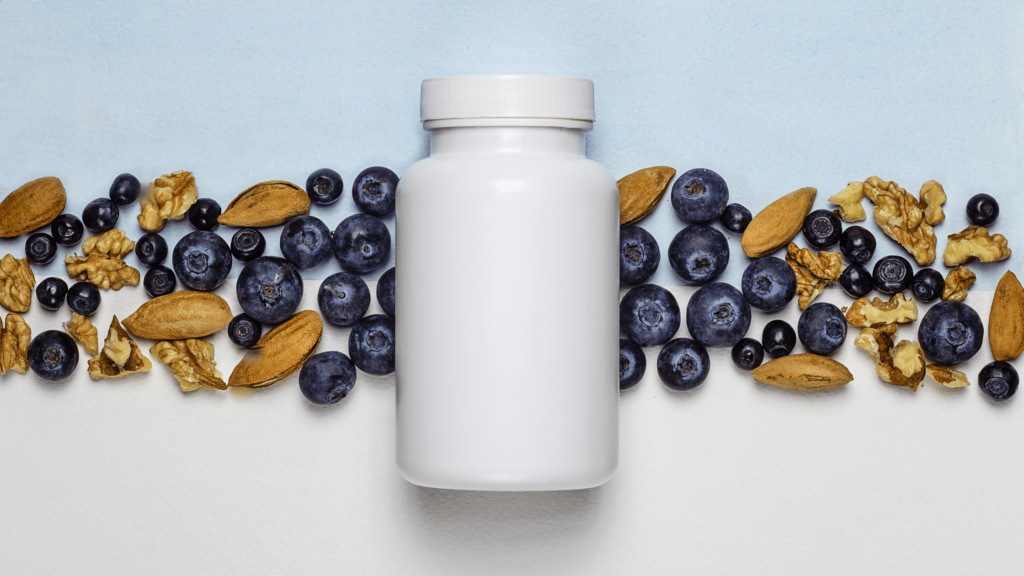
4. Identifying Synthetic Versus Natural Supplements
Fourthly, there is a difference between nutrients from natural foods, natural supplements and synthetic sources. For a generally healthy adult, preferences should lean towards, improving diet and natural supplements if needed. However, the suitability of type and quality of a supplement depends on individual health status.
Vitamins are classified into two categories based on how they are absorbed and if they are stored, Lykstad and Sharma (2024).
On the contrary, natural sources of micronutrients from a good diet, such as fruits, vegetables, and whole grains are more bioavailable. They offer additional health benefits beyond a specific vitamin content.
Helpful Points
- Read The Label: When selecting a vitamin supplement, read the label thoroughly. Look for clear indications of the vitamin content, serving size, and any additional ingredients. It’s important to choose products from reputable manufacturers to ensure quality and safety. This does not necessarily mean larger brands.
- Strength & Ratio: Consider the strength and ratio of vitamins in the supplement. Some vitamins are better absorbed when combined with others, while excessive amounts of certain vitamins can be harmful. Finding a balanced supplement with appropriate ratios is imperative.
Natural Supplements Can Be Superior
Natural supplements are considered superior to synthetic ones because they contain bioactive compounds in their natural form. This makes them easier for the body to recognize and utilize. Organic supplements also tend to have a wider range of nutrients and co-factors. They work synergistically within the body, unlike their synthetic counterparts. Moreover, natural supplements are generally perceived as being free from artificial additives and potentially harmful chemicals. Which can be a concern with synthetic supplements over the short or long term.
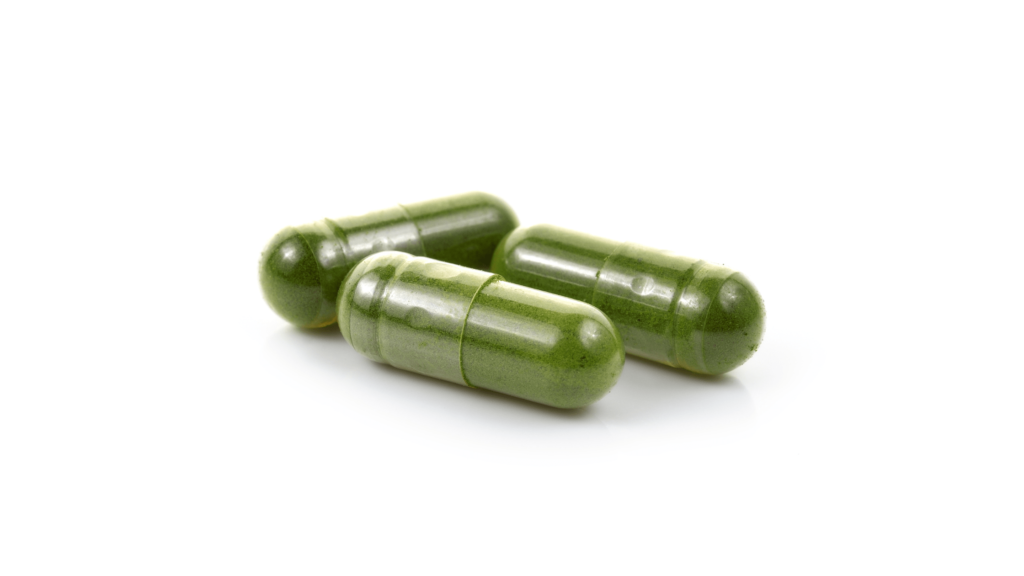
5. The Holistic Approach For The Best Time To Take Vitamins
Furthemore, consuming supplements at different phases of the circadian rhythm will engage the body differently. The timing of vitamin consumption can impact absorption and its effectiveness. Some vitamins are best taken with food to enhance absorption. Others may be more effective when taken on an empty stomach. Understanding the specific recommendations for each vitamin is important.
Circadian Rhythm
The human body is a complex organism that aligns and functions with a 24-hour cycle known as the circadian rhythm. This internal clock regulates various physiological processes, including the sleep-wake cycle, body temperature, hormone production, and metabolism. Metabolism is closely linked to the circadian rhythm, as certain metabolic processes fluctuate throughout the day.
Metabolic Rate & Circadian Rhythm
Some research shows that the body’s ability to process nutrients and energy varies based on the time of day. The holistic point of view also aligns with this. As suggested the metabolic rate is higher during the day and lower at night. Supplements are often recommended to be taken earlier in the day in line with the body’s metabolic processes. This timing aligns with the body’s natural rhythms, allowing for optimal absorption and utilization of nutrients.
This can vary as there may be exceptions based on individual health status.
Exceptions
In some cases, there may be exceptions. For example, supplements that help promote calmness and relaxation for better sleep, supplements to support chronic health concerns etc. Below is an example of the endogenous antioxidant rhythms of the body and the antioxidants vitamins C and E.
Study Example of Vitamin C and Vitamin E
According to Gu et al. (2022), the antioxidant and anti-inflammatory capabilities of vitamins C (VC) and E (VE) have been documented in vivo studies. It has been suggested that oxidative stress and inflammation-related genes follow daily rhythms. This finding may help regulate blood pressure and cardiovascular system.
Studies have shown that major antioxidants peak at night or before dawn. These include, (Glutathione peroxidase (GSH-PX), Malondialdehyde (MDA), Superoxide dismutase and melatonin). As well as White blood cells (lymphocytes, neutrophils, and monocytes) also peak at these times. Based on this, intake of VC and VE in the evening may reduce the risk of cardiovascular issues. As intake at this time may align better with the body’s antioxidant and inflammation patterns. Additionally, they suggest that serum cholesterol levels tend to peak in the evening. And, in vivo studies have indicated that VC can help reduce endogenous cholesterol through hydroxylation metabolism (metabolising certain compounds). VE can prevent atherosclerosis by inhibiting the synthesis of endogenous cholesterol. Therefore based on this, consuming VC and VE in the evening may be more effective for these physiological effects.
Subject to individual suitability.

6. Appropriate Dose
Similarly, once identified with a professional, a supplement should be taken in a recommended dose. This applies to those identified as part of a dietary routine as well. To aid in this, information is detailed on supplement packaging or as advised by a professional. Further, taking more than the recommended dose can lead to adverse effects and toxicity. For example, it is suggested that fat-soluble vitamins can accumulate in the body over time.
Example of Fat Soluble Vitamin
A fat-soluble vitamin is a type of vitamin that can dissolve in fat. It can be stored in the body’s fatty tissue. The four major fat-soluble vitamins are vitamins A, D, E, and K. These vitamins are absorbed along with dietary fat and are stored in the liver and fatty tissues for future use. Fat-soluble vitamins play essential roles in various bodily functions, such as vision, immune function, bone health, and blood clotting.
Taking more than the body requires may have adverse effects, including toxicity, hypervitaminosis (excess or deficiency). Therefore, a balanced and systematic approach is needed inline with its fundamental purpose, improving well-being.
7. Duration
Interdependent with dose, is the duration of time a vitamin or supplement is consumed. Some individuals may require short-term supplementation to address a specific deficiency, while others may benefit from long-term use. Consulting a professional can help determine the appropriate duration.
In the holistic viewpoint, such as Ayurveda, it is recommended to give a supplement a gap period. For a generally healthy adult, once the initial dose has been completed and reviewed, a gap period is practiced. A suitable gap example is a period of 7 – 20 days. This allows the body to process, eliminate, and maintain its homeostasis. Reducing the possibility of overload and build up.
8. The Importance Of Regular Monitoring
Regular monitoring of vitamin levels is crucial, especially when the source of micro nutrients involves supplements. This can be done through blood biomarker tests. These tests ensure that the body has appropriate levels and not reaching excessive levels of any particular supplemented micro nutrient.
The Body’s Behaviour To Supplements
Pharmacokinetics refers to the study of how the body metabolizes and absorbs a supplement. The small bowel in the human body is the site of absorption for all vitamins Lykstad and Sharma (2024). This includes its distribution. Factors such as, dose and length of time also play an important role. It also covers its bioavailability and elimination over time, which is an important part of holistic sciences.
- Bioavailability: Bioavailability refers to the proportion of a supplement or drug that enters the circulation when introduced into the body and is therefore able to have an active effect. Several factors can influence the bioavailability of a supplement, including the form of the supplement (e.g., pill, liquid, or powder), its solubility, the presence of other substances in the digestive system, and individual variations in metabolism and absorption. For example, vitamin D supplements are more bioavailable when taken with food containing fat, as fat aids in the absorption of vitamin D. Natural sources of vitamins may be more bioavailable in several ways. As they may be gentler on the body, distribute and eliminate effectively.
- Excess Excretion: Certain vitamins, particularly water-soluble ones, are excreted by the body when consumed in excess. Fat-soluble vitamins excrete differently and store in the body’s fatty tissue. Understanding how the body processes and eliminates excess vitamins can help prevent potential adverse effects.
9. The Role of Water In Diet, Vitamins, Supplements
Water is a nutrient within itself.
Water plays a crucial role in the absorption and utilization of vitamins and supplements. As a nutrient, it helps transport essential vitamins and minerals throughout the body. Additionally, water acts as a solvent, aiding in the breakdown and dissolution of supplements, facilitating their absorption.
Furthermore, water serves as a regulator, maintaining proper balance and distribution of nutrients within the body, thereby optimizing the effectiveness of vitamins and supplements. In addition, water also assists in the elimination of excess vitamins and supplements from the body, helping to flush out any surplus nutrients through urine, promoting a healthy balance, and preventing potential toxicity from excessive vitamin or supplement intake.
According to Lykstad and Sharma (2024), there are nine water-soluble vitamins. The B vitamins (including folate, thiamine, riboflavin, niacin, pantothenic acid, biotin, vitamin B6, and vitamin B12) and vitamin C. Lack of these vitamins can lead to serious health concerns.
They also state that, approximately 9 liters of water travels to the GI tract daily, and the small intestine absorbs 7 to 8 liters, while the colon absorbs the remaining 1 to 2 liters.
When taking supplements, sufficient water intake should be given importance. In many cases, more than the usual amount for a healthy individual during the course of supplement. A bioelectrical impedance analysis can also be helpful in understanding body water levels.
10. The Holistic Approach On How Long To Take Vitamins
Overall, taking a holistic approach means considering all aspects of a particular need. There are several factors that can affect the effectiveness of a vitamin or supplement. First, it is important to obtain essential nutrition from natural food sources. These include whole foods, organic foods, and freshly prepared ingredients. It is then helpful to make an informed decision about whether to add vitamin supplements. There are several factors to consider, and the duration of using supplements depends on individual needs.
For example, a healthy adult with a balanced diet may want to optimise vitamin C intake for 30 days. This could be due to a lack of vitamin C in their diet. After identifying preliminary needs, a professional may recommend a dosage for 1-3 months. On the other hand, an individual with chronic health concerns may require a longer duration, depending on several factors.
A holistic approach aims to identify dietary patterns. It seeks to improve and optimize these patterns. Monitoring and adjusting them helps achieve the best possible outcomes for individual well-being. Understanding biomarkers is essential to optimize the “cause and effect” principle and working in a body centric way.
Cause and effect essentially involves analyzing the relationship between an action and the resulting outcomes.
Suitability & Precautions
This is an informational post and does not replace professional advice; before making any diet and lifestyle changes, seek the advice of a professional.
References
- Thiel, R. (2000). Natural vitamins may be superior to synthetic ones. Medical Hypotheses, 55(6), 461-469. https://doi.org/10.1054/mehy.2000.1090
- Carr AC, Vissers MC. Synthetic or food-derived vitamin C–are they equally bioavailable? Nutrients. 2013 Oct 28;5(11):4284-304. doi: 10.3390/nu5114284. PMID: 24169506; PMCID: PMC3847730.
- Reddy S, Reddy V, Sharma S. Physiology, Circadian Rhythm. [Updated 2023 May 1]. In: StatPearls [Internet]. Treasure Island (FL): StatPearls Publishing; 2024 Jan-. Available from: https://www.ncbi.nlm.nih.gov/books/NBK519507/
- Gu W, Wu H, Hu C, Xu J, Jiang H, Long Y, Han T, Yang X, Wei W, Jiang W. The Association of Dietary Vitamin Intake Time Across a Day With Cardiovascular Disease and All-Cause Mortality. Front Cardiovasc Med. 2022 Mar 23;9:822209. doi: 10.3389/fcvm.2022.822209. PMID: 35402523; PMCID: PMC8984283.
- Fish EM, Shumway KR, Burns B. Physiology, Small Bowel. [Updated 2024 Jan 31]. In: StatPearls [Internet]. Treasure Island (FL): StatPearls Publishing; 2024 Jan-. Available from: https://www.ncbi.nlm.nih.gov/books/NBK532263/
- Tardy AL, Pouteau E, Marquez D, Yilmaz C, Scholey A. Vitamins and Minerals for Energy, Fatigue and Cognition: A Narrative Review of the Biochemical and Clinical Evidence. Nutrients. 2020 Jan 16;12(1):228. doi: 10.3390/nu12010228. PMID: 31963141; PMCID: PMC7019700.
- Cena H, Calder PC. Defining a Healthy Diet: Evidence for The Role of Contemporary Dietary Patterns in Health and Disease. Nutrients. 2020 Jan 27;12(2):334. doi: 10.3390/nu12020334. PMID: 32012681; PMCID: PMC7071223.
- Prescott JD, Drake VJ, Stevens JF. Medications and Micronutrients: Identifying Clinically Relevant Interactions and Addressing Nutritional Needs. J Pharm Technol. 2018 Oct;34(5):216-230. doi: 10.1177/8755122518780742. Epub 2018 Jun 20. PMID: 34860982; PMCID: PMC6109862.
- Reddy P, Jialal I. Biochemistry, Fat Soluble Vitamins. [Updated 2022 Sep 19]. In: StatPearls [Internet]. Treasure Island (FL): StatPearls Publishing; 2024 Jan-. Available from: https://www.ncbi.nlm.nih.gov/books/NBK534869/
- Lykstad J, Sharma S. Biochemistry, Water Soluble Vitamins. [Updated 2023 Mar 6]. In: StatPearls [Internet]. Treasure Island (FL): StatPearls Publishing; 2024 Jan-. Available from: https://www.ncbi.nlm.nih.gov/books/NBK538510/
- Synthetic Preservative, Titanium Dioxide (E171): https://cot.food.gov.uk/node/10621
- Li, Chunyang et al. “Food-Grade Titanium Dioxide Particles Decreased the Bioaccessibility of Vitamin D3 in the Simulated Human Gastrointestinal Tract.” Journal of agricultural and food chemistry vol. 69,9 (2021): 2855-2863. doi:10.1021/acs.jafc.0c06644
- European Commission: https://food.ec.europa.eu/safety/food-improvement-agents/additives/re-evaluation_en#:~:text=What%20measure%20has%20been%20adopted,%2C%20Animals%2C%20Food%20and%20Feed.
- Sugandhi VV, Pangeni R, Vora LK, Poudel S, Nangare S, Jagwani S, Gadhave D, Qin C, Pandya A, Shah P, Jadhav K, Mahajan HS, Patravale V. Pharmacokinetics of vitamin dosage forms: A complete overview. Food Sci Nutr. 2023 Nov 9;12(1):48-83. doi: 10.1002/fsn3.3787. PMID: 38268871; PMCID: PMC10804103.

